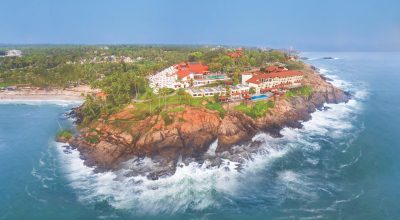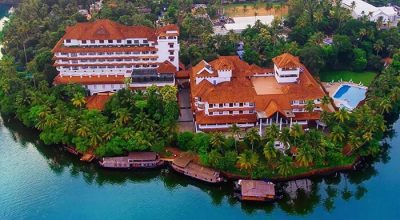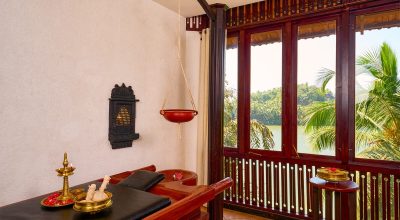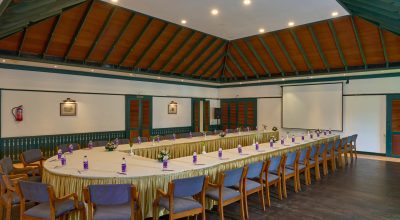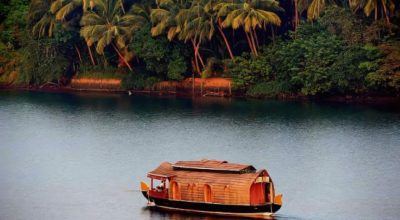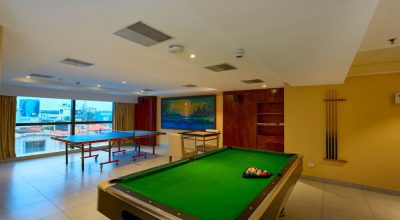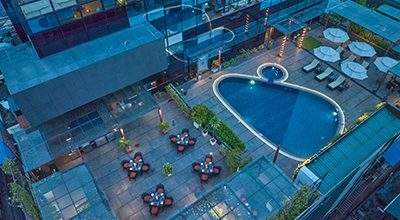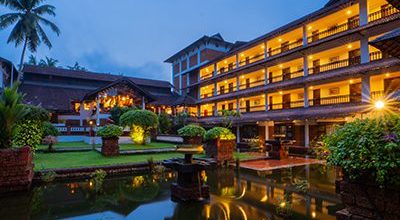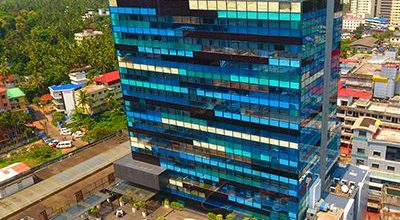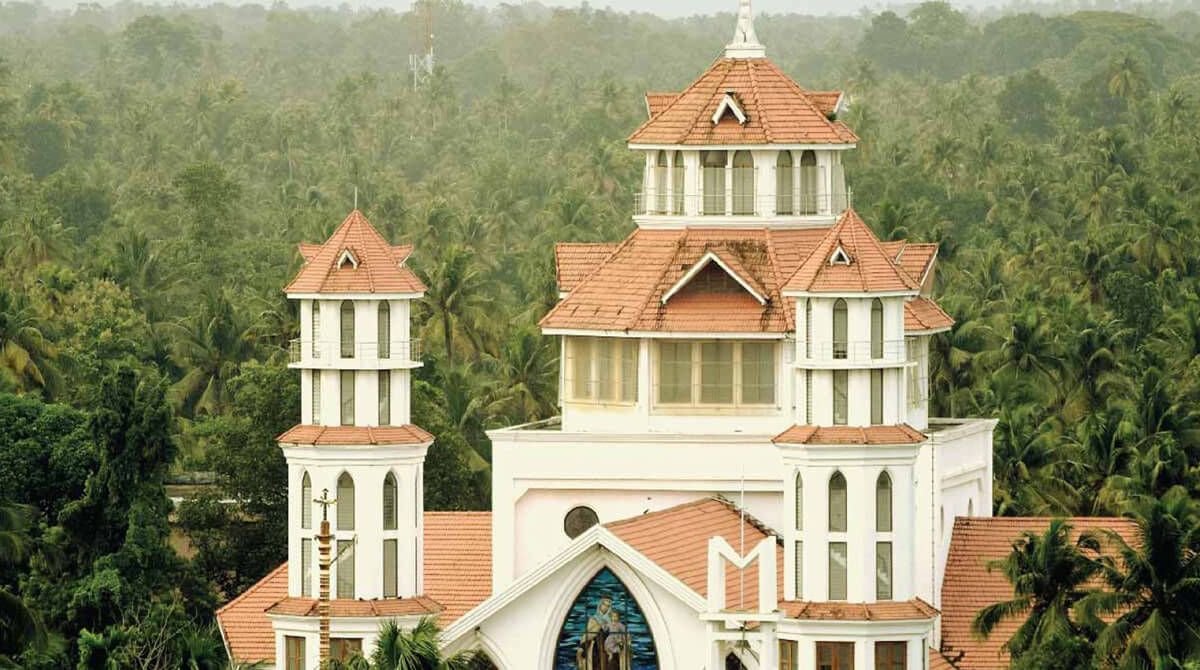Kollam or Quilon as it was earlier known is an old seaport city off the coast of the Laccadive Sea coast of Kerala, India. It rests on the right banks of the Ashtamudi Lake which is famous for its beautiful backwaters and attracts tourists in their thousands throughout the year, both from India as well as abroad. This lake possesses a unique wetland ecosystem and a palm frond-shaped water body, sometimes referred to as octopus shaped. It’s famous for its houseboat cruises and backwater resorts as well as its flourishing flora and fauna. In fact, nature at its best, for those lucky enough to have visited it! The famous President’s Trophy Boat Race takes place on this lake on the 1st of November every year to mark the birth of Kerala. When travelling to Kollam, do plan your dates around this event to witness this amazing, adrenaline pumping race that is out of this world!
Kollam and its people have been influenced by its trading activities since the Phoenicians and the Romans. The predominant religions of Kollam include Hinduism, Christianity, and Islam. Records of the Travancore State Manual show that in 822 AD, two Syrian bishops, Mar Sabor and Mar Proth settled in Quilon with their followers. The port of Kollam was founded by Mar Sabor at Thangasseri in 825 AD. The Portuguese were the first to establish trading centers in Thangasseri, Kollam in 1502. In the wars with the Moors/Arabs, the ancient St Thomas churches were destroyed only to be rebuilt again by the Portuguese in 1517 as St Thomas Fort, only to be destroyed by the Dutch who renovated it again after taking over. The Infant Jesus Church, an old church built by the Portuguese still survives as a symbol of Portuguese rule. In the latter half of the 13nth century, Quilon became a stronghold for missionary expeditions and had extensive jurisdictions in present day Pakistan, India, Afghanistan, Bangladesh, Burma and Sri Lanka.
According to legend, St Thomas, who landed in Muziris in 52 AD, built seven and a half churches in Kerala, the second of which was in present-day Kollam during the first century AD. It was reconstructed three times. Sadly, none of the original churches exist today. Kollam, however, only got its first Bishop in the thirteenth century and he was entrusted to oversee the spiritual needs of the Christian community in Calicut, Mangalore, Thane and Baruch. According to Portuguese sources, he was assassinated by the Muslims in 1336. The Christian community in Kollam remained a long time without a Bishop and eventually became a part of the Goa diocese in 1534.
After being defeated by the Dutch, the Portuguese left Kollam in 1661. The reigning Dutch then persecuted Catholics and destroyed the catholic churches leading to a dark era for the Christians till 1741, when the King of Travancore defeated the Dutch and forced them to leave.
The architecture style of Kerala has been influenced by the Dravidian as well as the Vedic architectural science (Vastu Shastra) over the past two millennia. Other factors influencing local architecture in Kollam are its own peculiar climate as well as the effect of their long-terms maritime trading partners like the Chinese, Arabs, and Europeans.
The church architecture of Kerala seems to have evolved from the Christian immigrants from Syria and the missionaries of European settlers. But during the early days of the introduction of Christianity to Kerala, there is evidence that some of the temples used for Hindu worship were converted into churches. The earlier churches were also very simplistic in design and consisted of only a rectangular hall. Later, the nave and sanctuary were added.
The general design of an early Christian church was based on the three crucial periods in the life of Christ that is, the Baptism, the Public Life and the Crucifixion. These are expressed in the church layout as the Baptismal Font, the Pulpit and Altar and the Tabernacle.
Historical evidence suggests that the first wave of Christian immigrants came from Persia in the fourth century AD due to the persecution of Syrian Christians. They brought with them some of the West Asian conventions on Church architecture with a change in the distinct design of the church. Subsequent European settlers introduced their own Roman and Gothic architectural styles too.
However, current architectural styles show new trends and shapes in church designing. At the end of the day, it’s the worshipping that matters. To get lost in the beauty and serenity of old forgotten churches in and around Ashtamudi, Kollam city is the location to aim for as its central to all these delights. The city is easily accessible by train, road as well as air. Trivandrum airport is just a scenic 70km drive away while good highways connect the city to many parts of the state and country. The railway station in Kollam is well connected to the rest of the country and Kollam’s hospitality industry is brimming with a variety of offerings to pamper their guests. The five star Raviz group of hotels have built a beautiful resort on the banks of the Ashtamudi lake that is ideal for the traveler looking to make a memorable occasion out of their visit to Kollam!

